首页 > NEWS > Company News
【summary】
Plastics are widely used in medical devices, automobiles and daily products due to their advantages such as light weight, good impact resistance, good transparency, good insulation, good formability, good colorability and low processing cost. The final performance of plastic parts mainly depends on the connection method between plastic parts.
Plastics have many advantages such as light weight, good impact resistance, good transparency, good insulation, good formability, good colorability, and low processing cost, so they are widely used in medical devices, automobiles, and daily products. The final performance of plastic parts mainly depends on the connection method between plastic parts. After long-term research and practice, scientists and related engineering and technical personnel have developed many different plastic connection methods. This article briefly introduces these plastic connection technologies, hoping to provide a reference for designers in related fields to choose plastic connection methods.
1. Adhesive connection
Adhesive connection refers to the technology of connecting the surfaces of homogeneous or heterogeneous objects with adhesives, where adhesives refer to natural or synthetic, organic or inorganic substances that can connect two or more parts or materials through interfacial adhesion and cohesion, collectively referred to as adhesives, also known as adhesives, and customarily referred to as adhesives. In short, an adhesive is a substance that can bind objects together through bonding.
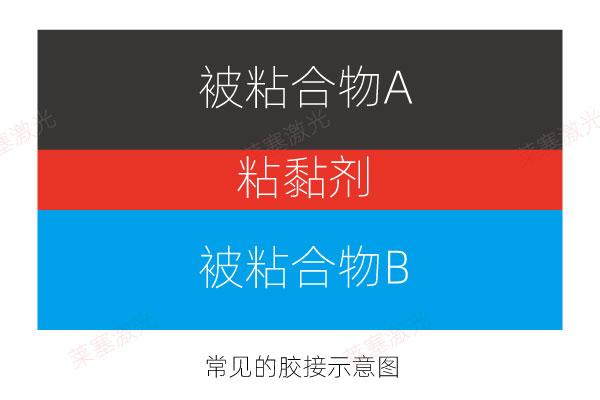
2. Solvent connection
The solvent dissolves the plastic surface so that the plastic surface is mixed with the material. When the solvent evaporates, a joint is formed.
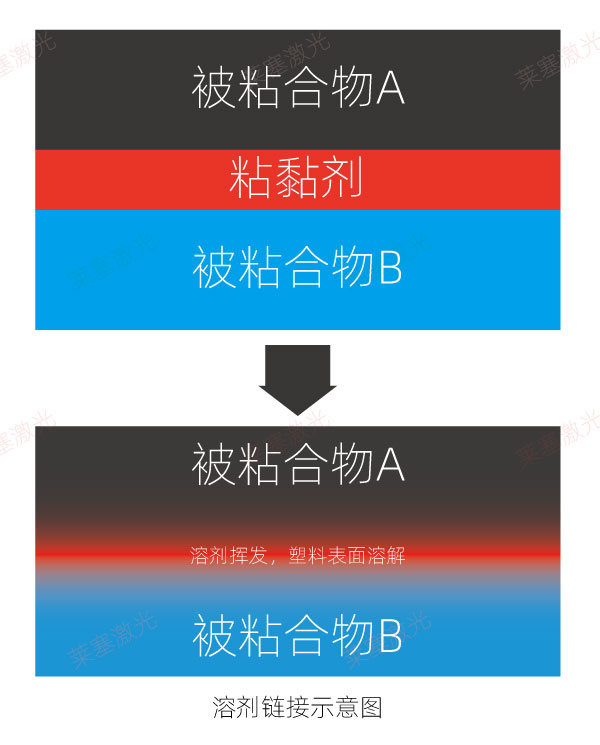
3. Fastener connection
Fastener connection refers to connecting plastic parts with fasteners, including press-fit fasteners, self-tapping screws and bolt connections. Generally, press-fit fasteners refer to connecting plastic parts through the interference of some protrusions on their rods with the plastic space. Self-tapping screws are used to connect with self-tapping threads instead of attacking threaded holes.
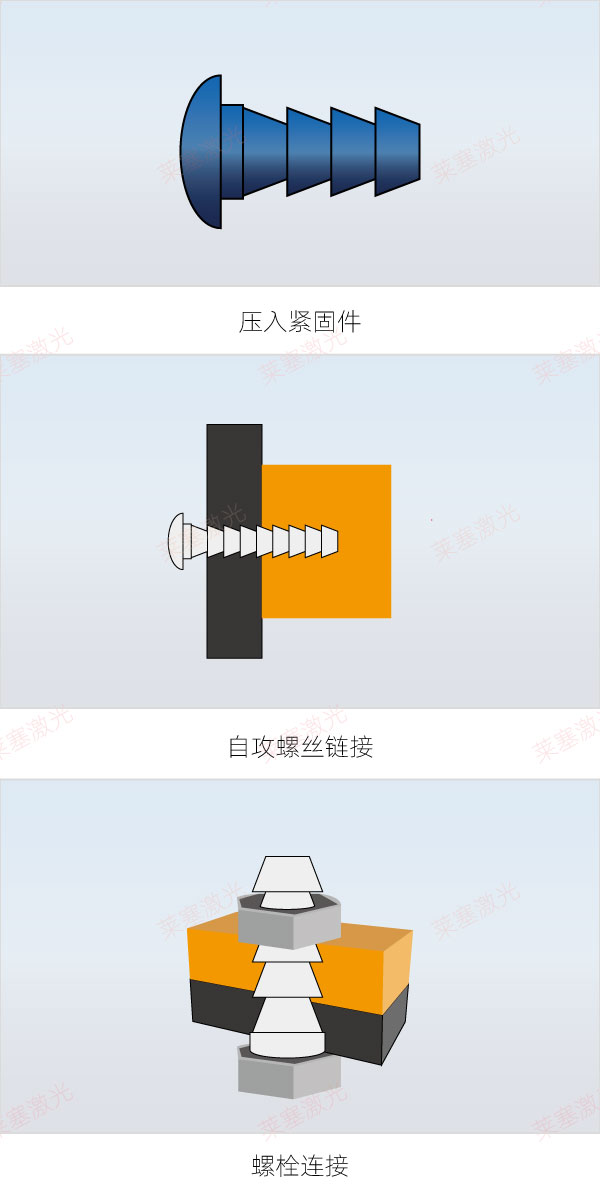
4. Hinge connection
Plastic hinges can be divided into three types: single integrated hinge, two integrated hinges and multiple combined hinges. Among them, a single integrated hinge is two parts that are realized as a whole by molding without the need for other additional parts. Two integrated hinges are first processed by molding two separate plastic parts, and finally connected by assembly. In addition to processing two separate plastic parts, multiple combined hinges also require the use of additional parts, such as hinge parts such as rods or metals. The advantage is that it can be opened and closed repeatedly, and the integrated hinges are usually designed inside or close to the inside of the box, thereby reducing the appearance and size of the parts. The disadvantage is that the mold molding is fine;
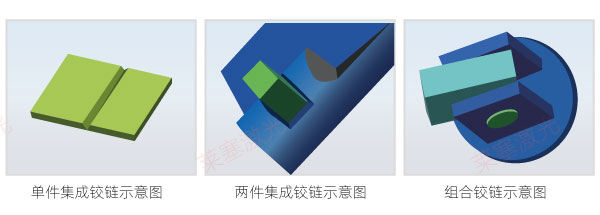
5. Molded Inserts
Insert molding refers to a molding method in which pre-prepared inserts of different materials are loaded into an injection mold, and then resin is injected to connect the molten material with the insert and solidify it to form an integrated product. Among them, threaded inserts are the main way to produce threads in plastic parts, which can provide better connection strength than self-tapping threads. Inserts are not limited to metals, but also include cloth, paper, wires, plastics, glass, wood, wires, electrical parts, etc. Insert molding uses the insulation of resin and the conductivity of metal to combine, and the molded products can meet the basic functions of electrical products. The mold insert injection molding decoration technology is IMD (In-Mold Decoration), which is currently a popular surface decoration technology internationally. It is mainly used for the decoration and function control panels of household appliances, car dashboards, air conditioning panels, mobile phone housings/lenses, washing machines, refrigerators, etc. It is widely used. IMD is a technology that puts the printed decorative sheet into the injection mold, and then injects the gum into the back of the molding sheet to connect the resin and the sheet together for curing and molding.
The main advantages of insert molding are: the combination of the easy formability and bendability of resin with the rigidity, strength and heat resistance of metal, which can firmly make complex and exquisite metal-plastic integrated products.
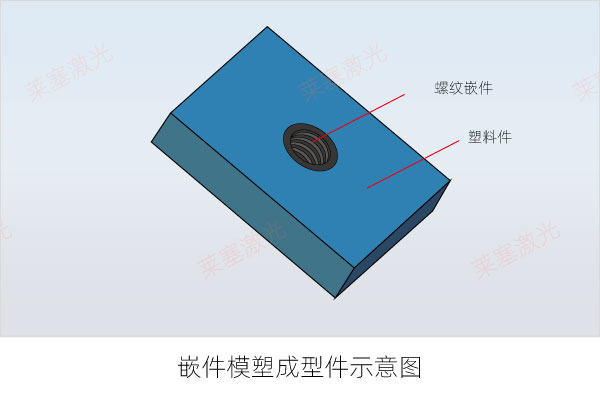
6. Multiple-part molding
Multi-part molding, also known as two-color injection molding, refers to a molding method in which two different colors of plastic are injected into the same mold. It can make plastic parts have two different colors, and can make plastic parts present regular patterns or irregular cloud pattern colors, thereby improving the practicality and aesthetics of plastic parts.
The figure below shows the principle of two-color injection molding. It has two cylinders, and the structure and use of each cylinder are the same as those of ordinary injection molding cylinders. Each cylinder has its own channel and nozzle connection, and an on-off valve is installed in the nozzle channel. During molding, after the melt is plasticized in the cylinder, the order in which the melt enters the nozzle and the proportion of discharge is controlled by the on-off valve, and then injected into the mold cavity through the nozzle. Various plastic products with different color mixing effects can be obtained.
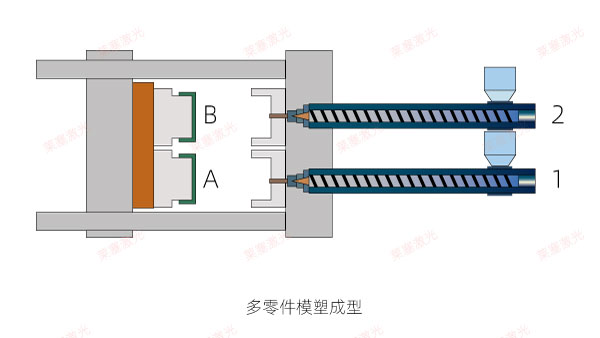
| Free solutions/free proofing 13710252340
Previous: Which plastics can be welded?